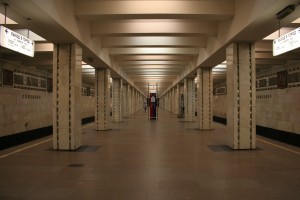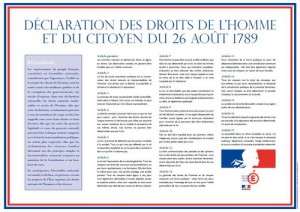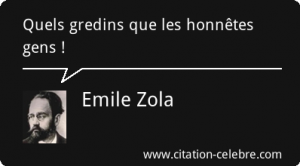The reading “Mediator of Modernity” by Per Lundin had me pondering wether the ideas of the American way of life gained hegemony in Europe after the War or were kept at arms length by the Europeans countries not eager to appropriate those notions.
Certain elements of the American culture were picked by the Europeans and assimilated to the re-building of the post-war societies. Ultimately, post-was Europe is best described as a process of selective appropriation (pick and choose) rather than the wholesale acceptance or rejection of American ideals and models.
The post-War Europe was eager for modernity in its post-war reconstruction efforts. The period also fostered an economical growth and a mass motoring in Europe. Unlike most American cities, which had grown with the automobile (and still facing challenges), the Europeans cities are not designed to accommodate this change.
The planners were thus force to innovate in order to address the new challenges imposed on the cities by the automobiles. The automobile as forced to re-think and re-shape the urban image unlike anything else before or after. It also became a pressing problems on European cities that have grown for century without it and very suddenly need to make space for the increasing number.
Should motor trafic be restricted or embrace?
Time as shown us that the European cities were able to adapt to the automobile by creating their own model. They emphasis on alternate ways of transportation and the design of their city is more convenient for the pedestrians and short commute. The relative proximity from everything make owning a car futile for many city resident.
Us Canadian, faced with different spacial challenges, would have a lot to learn from the planning and incorporation of the automobile in European cities. I feel like most European cities are planned for people and adapted for cars were as here we assit to the opposite tendency.






